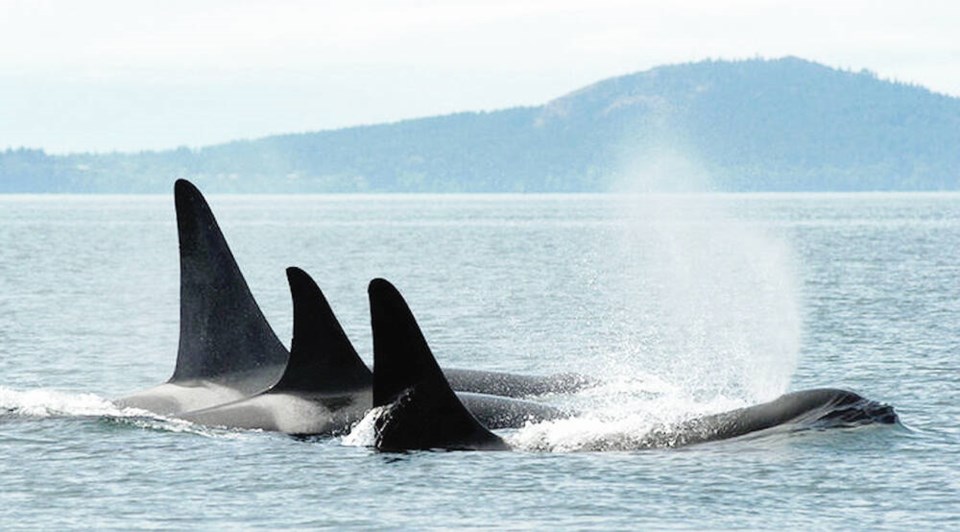Male orcas, it turns out, are mama’s boys.
And that’s not a good thing for the future of critically endangered southern resident killer whales, now down to 73 orcas in three pods, according to new research.
Scientists say orca mothers pay more attention to their sons than their daughters, particularly once females achieve adulthood.
Orca mothers regularly share their fish catch with both sons and daughters when they are young, eating half and giving half to their offspring until their daughters reach reproductive age, when food sharing is inclined to cease, says the Center for Whale Research, based in the San Juan Islands.
But the mother continues to feed her sons into adulthood, and that longer care means fewer chances of successful breeding.
In fact, the study says caring for weaned sons throughout the male offspring’s life diminishes a mother’s annual breeding success — a calf surviving to one year old — by about 50 per cent.
“Our analysis demonstrates that the long-term survival benefits that southern resident killer whale females provide to their sons come at a significant cost to their own reproductive success,” said Michael Weiss, lead author of the study by the Center for Whale Research and the United Kingdom universities of Exeter, York and Cambridge.
Previous research has shown sons have a higher chance of survival if their mother is around, Weiss said, so scientists wanted to determine if that help comes at a price. “The answer is yes. Killer whale mothers pay a high cost in terms of their future reproduction to keep their sons alive.”
The study concentrated on 40 females in the southern resident population.
Weiss said mothers surrendering the majority of their future reproduction to benefit their sons across their lifespan is unusual in nature and may even be unique. “The evolutionary benefit of helping their male offspring survive into maturity is that the sons will mate, passing their genes to future generations,” said Weiss.
“It’s a tactic that has been effective in the animals’ evolutionary past: Mothers support their sons, so they survive to old age and produce a large number of offspring.”
But it may backfire in the case of the southern resident orcas, whose recovery will be determined by the number of females in the community and their reproductive output, Weiss said. “A strategy of females reducing reproduction to increase male-offspring longevity only works if a sufficient number of female calves are born, survive, and reproduce.”
The population’s long-term survival is already teetering, with just 73 orcas in J, K and L Pods, where males and females remain in their birth pod, led by an experienced female.
The southern resident orcas prey predominantly on chinook salmon that have become scarce in much of the endangered pods’ range, which includes all of the Salish Sea.
The centre’s study is published in the journal Current Biology.
>>> To comment on this article, write a letter to the editor: [email protected]





